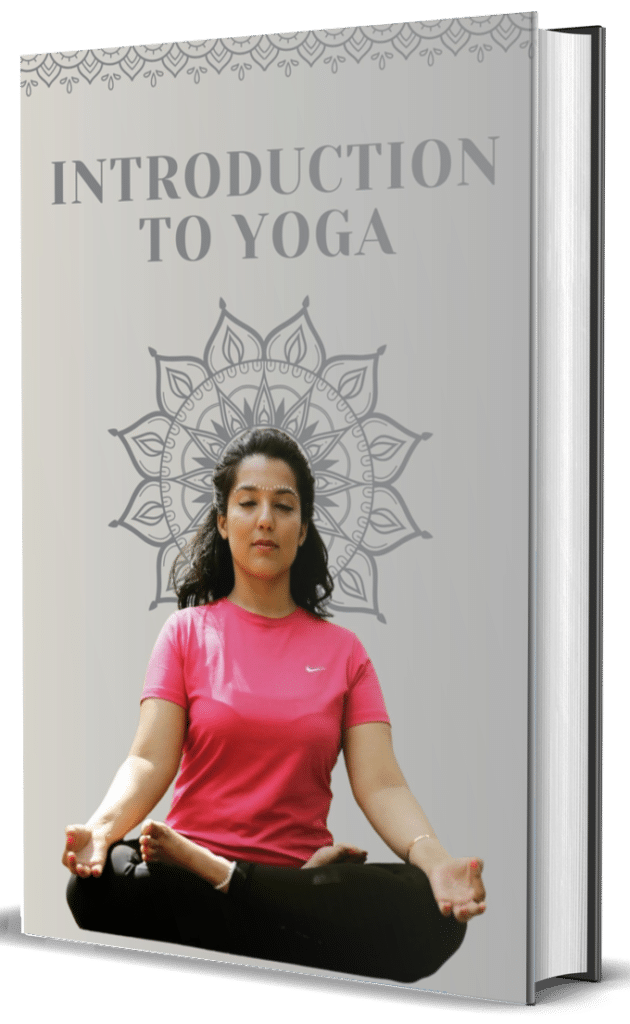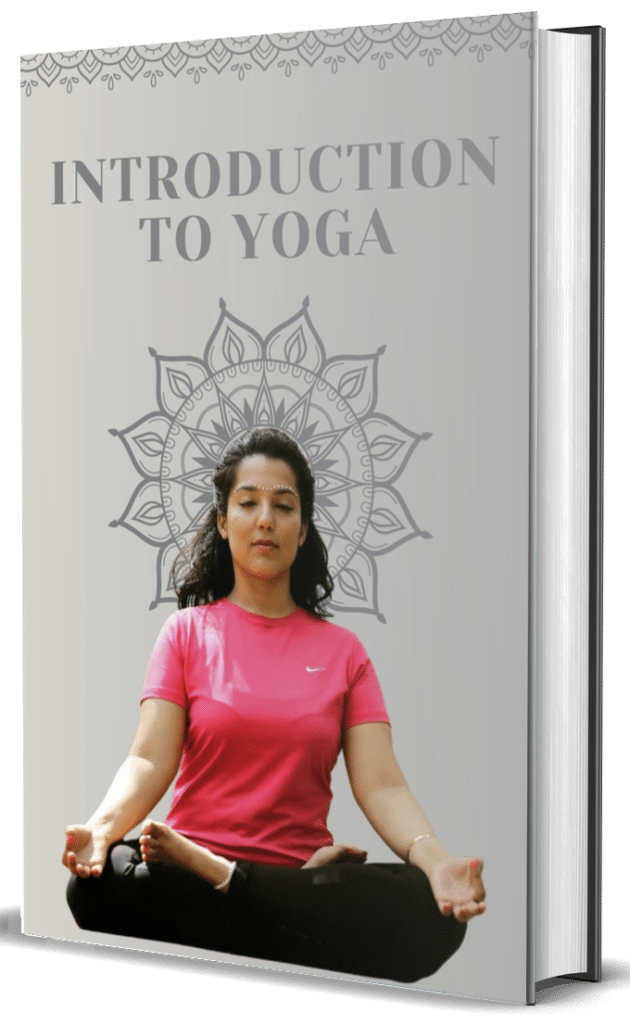Urdhva Hastasana commonly known as Upward Salute or Upward Hands Pose is a fundamental standing posture that begins many yoga sequences including the Sun Salutation. The Sanskrit name derives from ‘urdhva’ meaning upward ‘hasta’ meaning hands and ‘asana’ meaning pose.
To practice Urdhva Hastasana begin in Mountain Pose (Tadasana) with feet together or hip-width apart grounding evenly through all four corners of the feet. On an inhalation sweep the arms out to the sides and overhead extending them fully with palms facing each other or touching. The shoulders remain relaxed away from the ears while the core engages slightly to prevent the ribs from jutting forward. The gaze can be straight ahead or gently up toward the hands.
This seemingly simple pose offers numerous benefits including stretching the sides of the body opening the shoulders and chest improving posture strengthening the legs and core and expanding the lungs for deeper breathing. Urdhva Hastasana also stimulates the abdominal organs helps relieve mild anxiety and serves as an energizing pose that awakens the entire body.
For those with shoulder issues modifications include keeping a wider distance between the hands or practicing with a strap between the hands to maintain proper alignment. Advanced practitioners might explore subtle backbending variations or incorporate this pose into flowing sequences. As the first movement in Sun Salutations Urdhva Hastasana represents reaching toward the sky and acknowledging the energy of the sun—making it both physically beneficial and symbolically meaningful.



